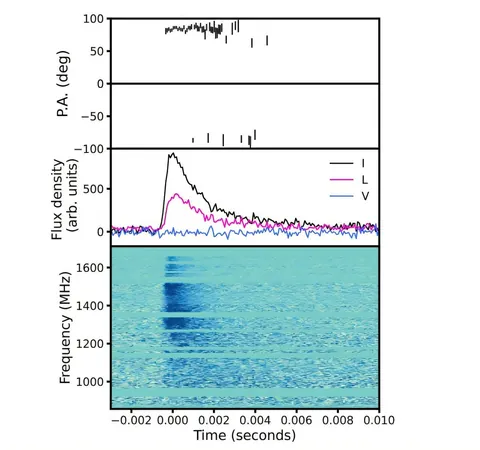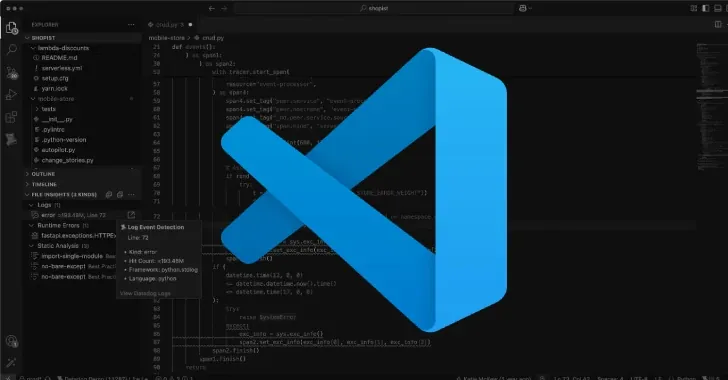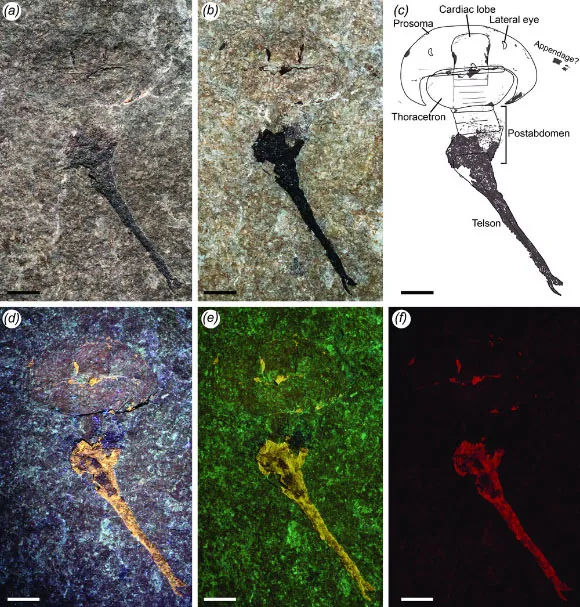
Astronomers Unveil Most Distant Fast Radio Burst Yet—An Incredible Peek Into the Dawn of the Universe!
2025-08-12
Author: Yu
A Groundbreaking Discovery at the Edge of Time
In an extraordinary leap forward for astronomy, an international team has uncovered the most distant fast radio burst (FRB) ever detected, named FRB 20240304B. Utilizing the cutting-edge MeerKAT radio telescope, this cosmic phenomenon was observed just 3 billion years after the Big Bang, shedding light on a formative era of our universe.
What Are Fast Radio Bursts?
Fast radio bursts are mysterious and intense flashes of radio waves that last only milliseconds. While scientists have speculated about their origins—ranging from newly formed magnetars to exotic cosmic phenomena—the true nature of these bursts remains one of the universe's biggest mysteries.
Unraveling the Mystery of High-Redshift FRBs
Until now, the vast majority of FRBs were found at relatively low redshifts—below 0.5—leaving a gap in our understanding of these enigmatic signals at higher distances. This makes the identification of FRB 20240304B, with a redshift of 2.148, particularly valuable for astronomers eager to unlock secrets about galaxy formation during an era when the universe was only a few billion years old.
A Cosmic Peek from the Past
Led by Manisha Caleb from the University of Sydney, the discovery team published their findings on August 3, revealing FRB 20240304B as a beacon from the past, discovered just as galaxy formation peaked. "Our detection underscores the potential of FRBs as vital probes of the cosmic web," the researchers stated.
Technical Details: A Stellar Catch!
Identified on March 4, 2024, using the Transient User Supplied Equipment (TUSE) of the MeerKAT telescope, this burst exhibited a remarkable dispersion measure of 2,458.20 pc/cm³, with a peak flux of 0.49 Jy and a swift scattering time of just 5.6 milliseconds at 1.0 GHz.
A Star-Forming Galaxy as Its Host
Thanks to the powerful James Webb Space Telescope, Caleb's team pinpointed the burst's origin to a low-mass, star-forming galaxy. This galaxy possesses a stellar mass of around 10 million solar masses and is actively churning out stars at a rate of 0.2 solar masses per year.
Defining the Dawn of Cosmic History
The discovery of FRB 20240304B not only sets a record for distance but also represents the first localized burst detected during 'cosmic noon'—a period roughly 10 to 11 billion years ago when star activity peaked across the universe. Remarkably, this breakthrough doubles the previously established redshift limit for localized FRBs.
Polarization Insights and Future Implications
FRB 20240304B also boasts a high linear polarization fraction of 49%, indicating complex magnetic fields along its path. This intriguing feature suggests that the environment around the burst may be more intricate than originally anticipated.
As astronomers delve deeper into understanding fast radio bursts like FRB 20240304B, the implications for our grasp of cosmic history and the formation of galaxies are immense. This discovery holds the potential to revolutionize our understanding of the universe's early days and the mechanisms that shaped it.




 Brasil (PT)
Brasil (PT)
 Canada (EN)
Canada (EN)
 Chile (ES)
Chile (ES)
 Česko (CS)
Česko (CS)
 대한민국 (KO)
대한민국 (KO)
 España (ES)
España (ES)
 France (FR)
France (FR)
 Hong Kong (EN)
Hong Kong (EN)
 Italia (IT)
Italia (IT)
 日本 (JA)
日本 (JA)
 Magyarország (HU)
Magyarország (HU)
 Norge (NO)
Norge (NO)
 Polska (PL)
Polska (PL)
 Schweiz (DE)
Schweiz (DE)
 Singapore (EN)
Singapore (EN)
 Sverige (SV)
Sverige (SV)
 Suomi (FI)
Suomi (FI)
 Türkiye (TR)
Türkiye (TR)
 الإمارات العربية المتحدة (AR)
الإمارات العربية المتحدة (AR)